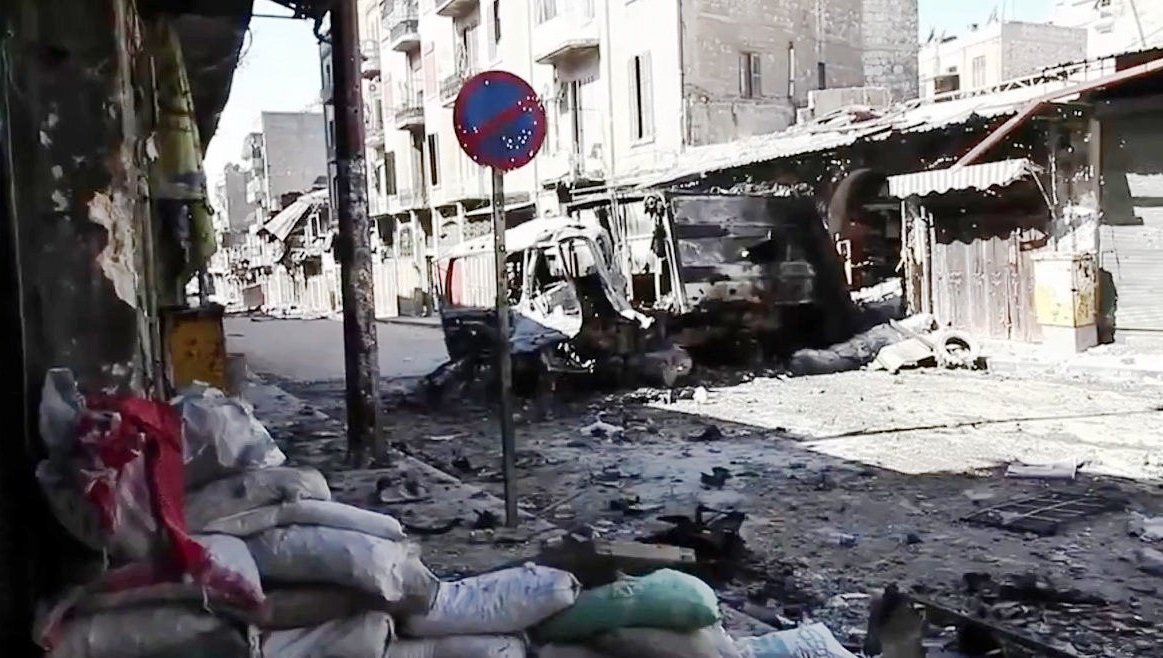This article discusses how the Syrian civil war could affect the risk of nuclear war between the US and Russia.
The article begins as follows:
The Syrian civil war has already caused over 100,000 deaths. As tragic as this is, it is miniscule compared to the massive and potentially permanent global destruction that could come from the gigaton gorilla lurking in the background: nuclear war between the United States and Russia. While the U.S. and Russia find themselves on opposite sides in Syria, their diplomacy over Syria’s chemical weapons could help build the trust and confidence needed to reduce the risk of nuclear war.
We should approach Syria in terms of the U.S.-Russia nuclear situation because that’s by far the bigger issue. Syria’s population is about 22.5 million. This is less than half of one percent of the total human population (about 7.1 billion). And it is a miniscule fraction of the total population of all humans who will ever live. Even if the Syrian civil war killed everyone in that country — an outcome much worse than anyone expects — it would be an imperceptible blip in the trajectory of human civilization.
The same cannot be said for U.S.-Russia nuclear war. The two countries still hold the overwhelming majority of the world’s nuclear weapons: About 4,000 active weapons and 16,000 total, making for probably several gigatons of explosiveness. If launched, they could cause hundreds of millions of immediate deaths and billions more in the ensuing nuclear winter. Human civilization may never recover. Such a global catastrophe overwhelmingly dwarfs the Syrian civil war, making it by far the larger priority.
The remainder of the article is available in the Huffington Post.
Image credit: Voice of America
This blog post was published on 17 September 2013 as part of a website overhaul and backdated to reflect the time of the publication of the work referenced here.




